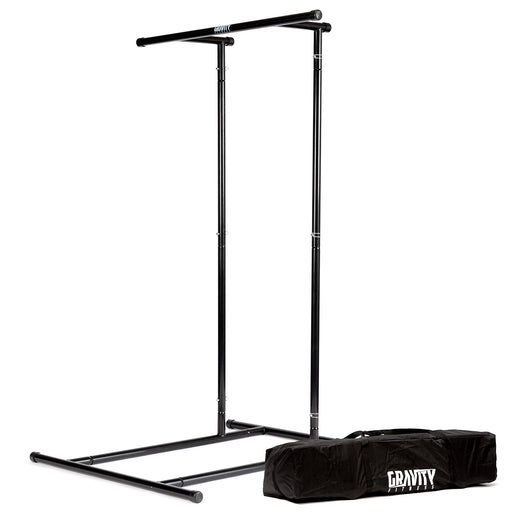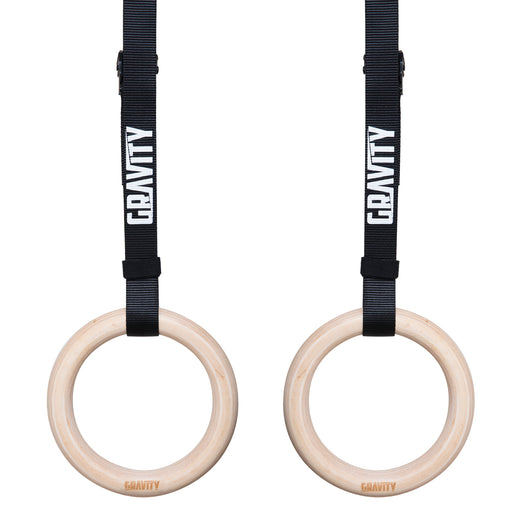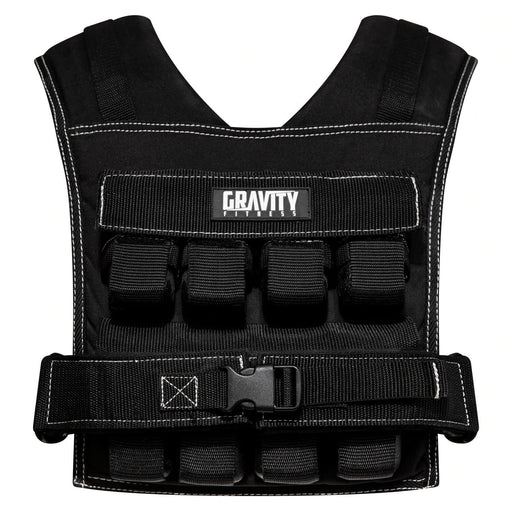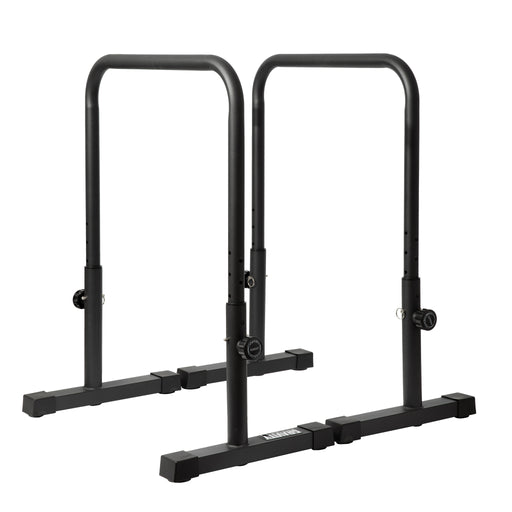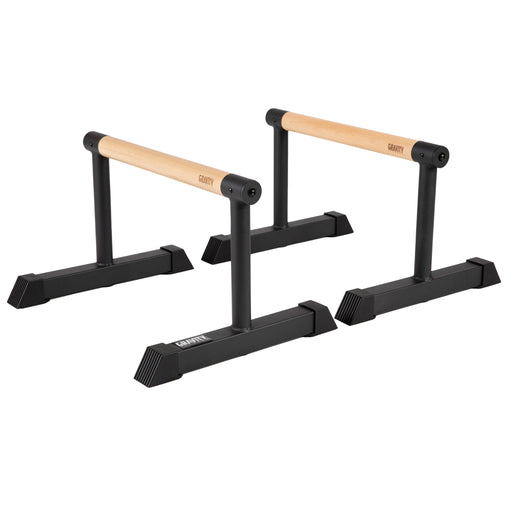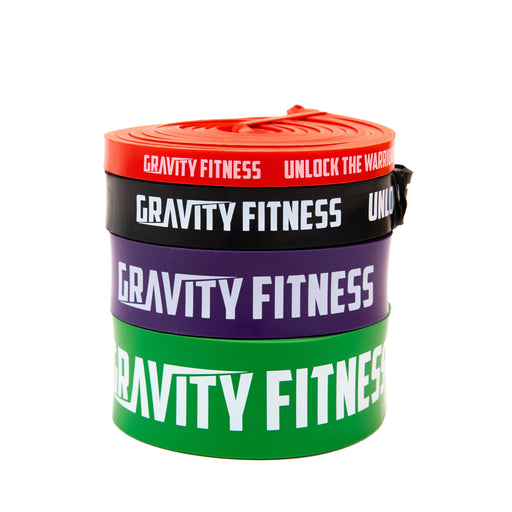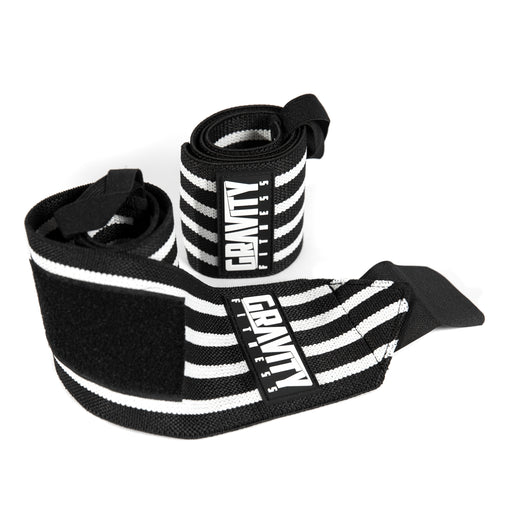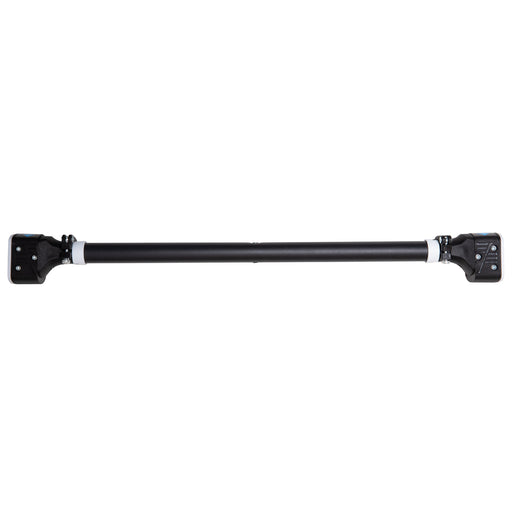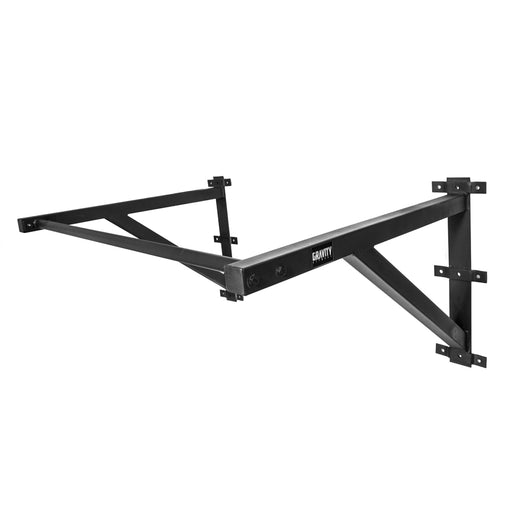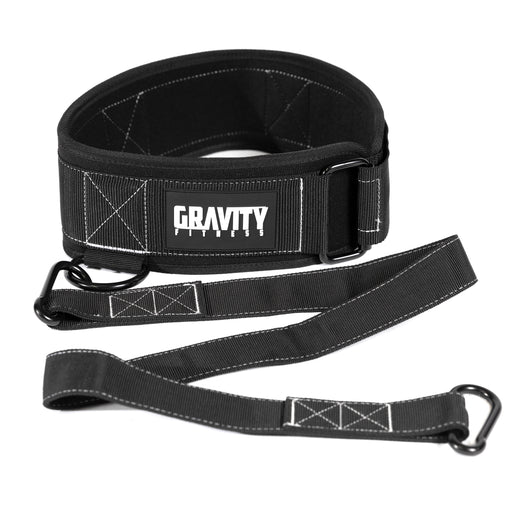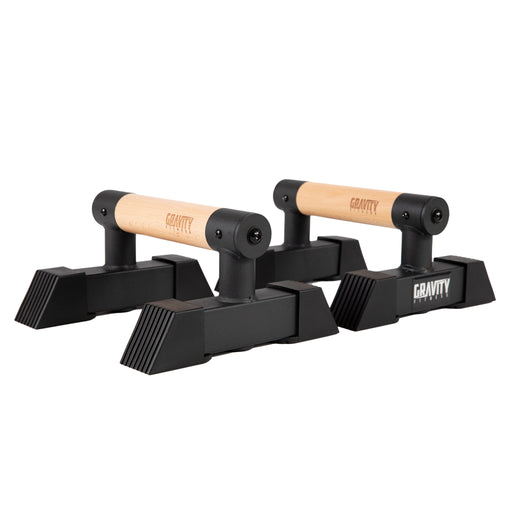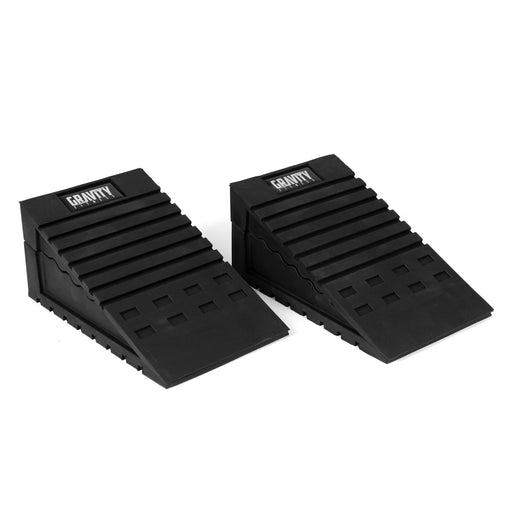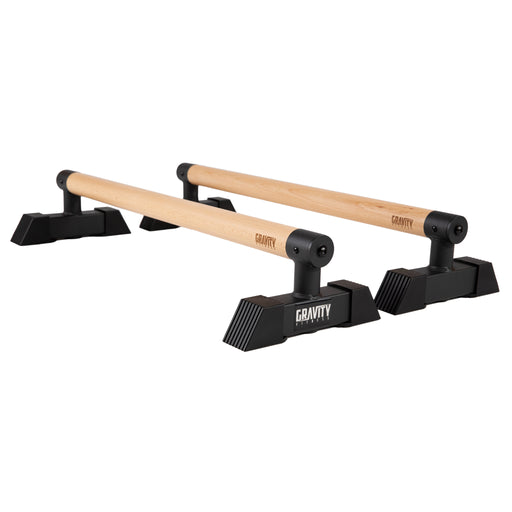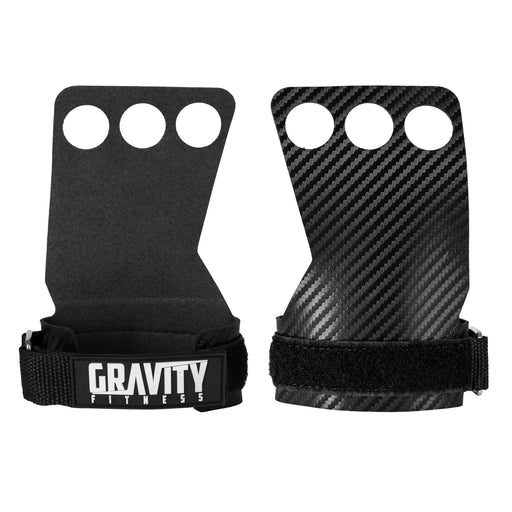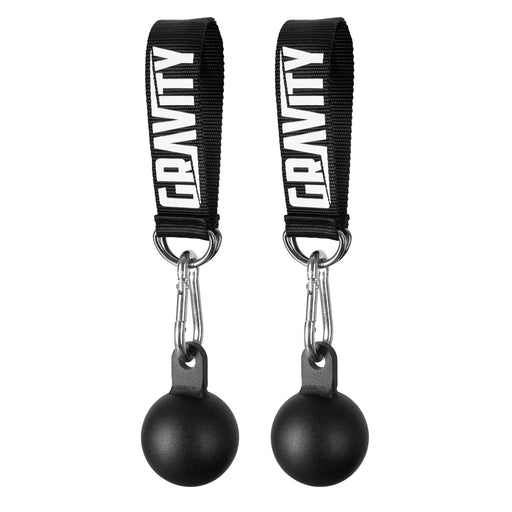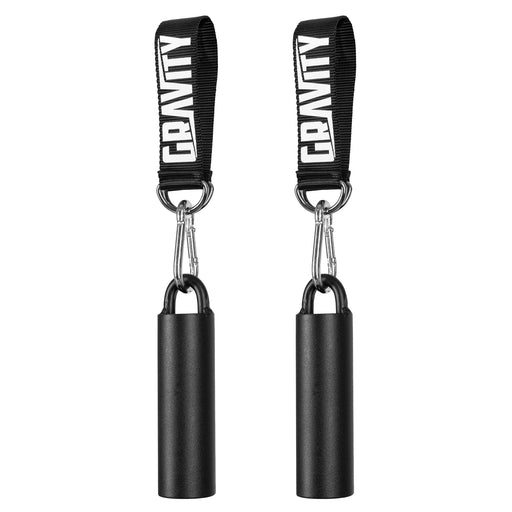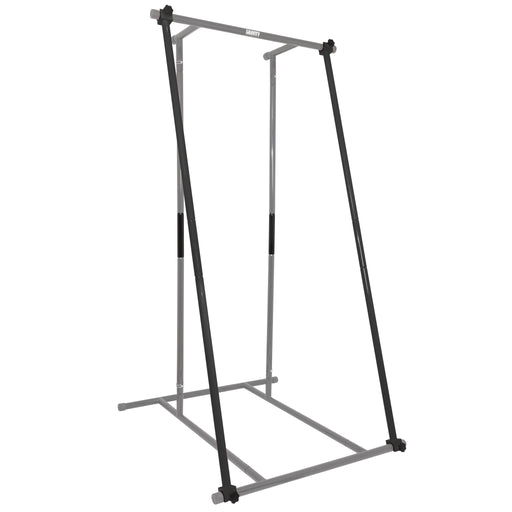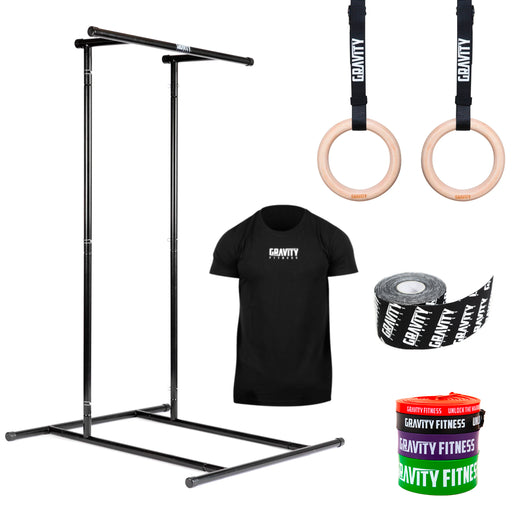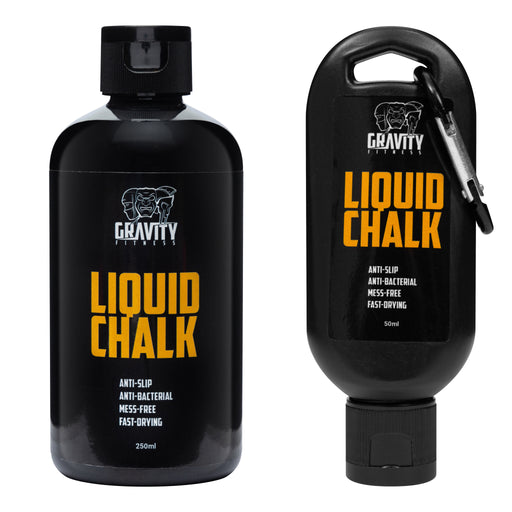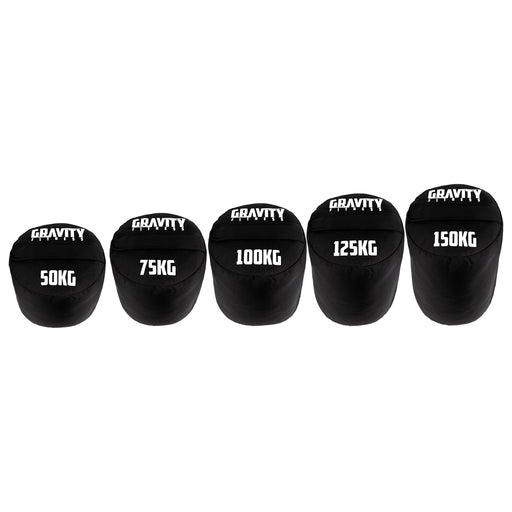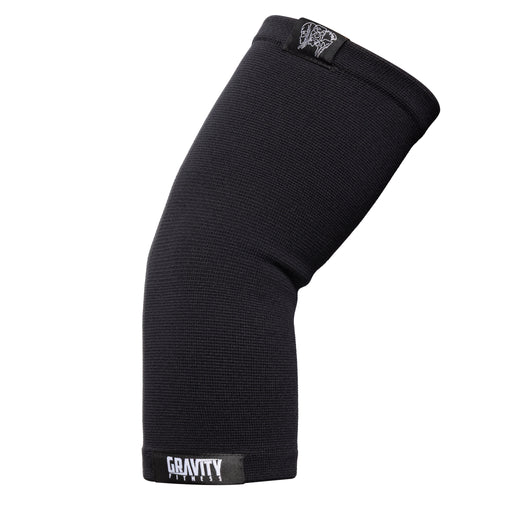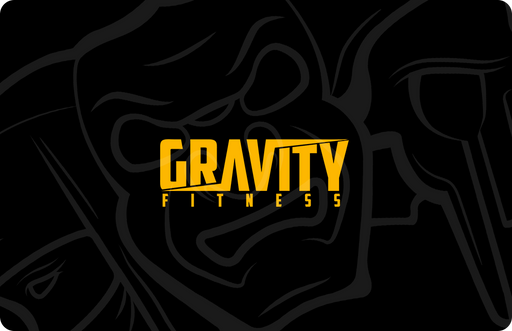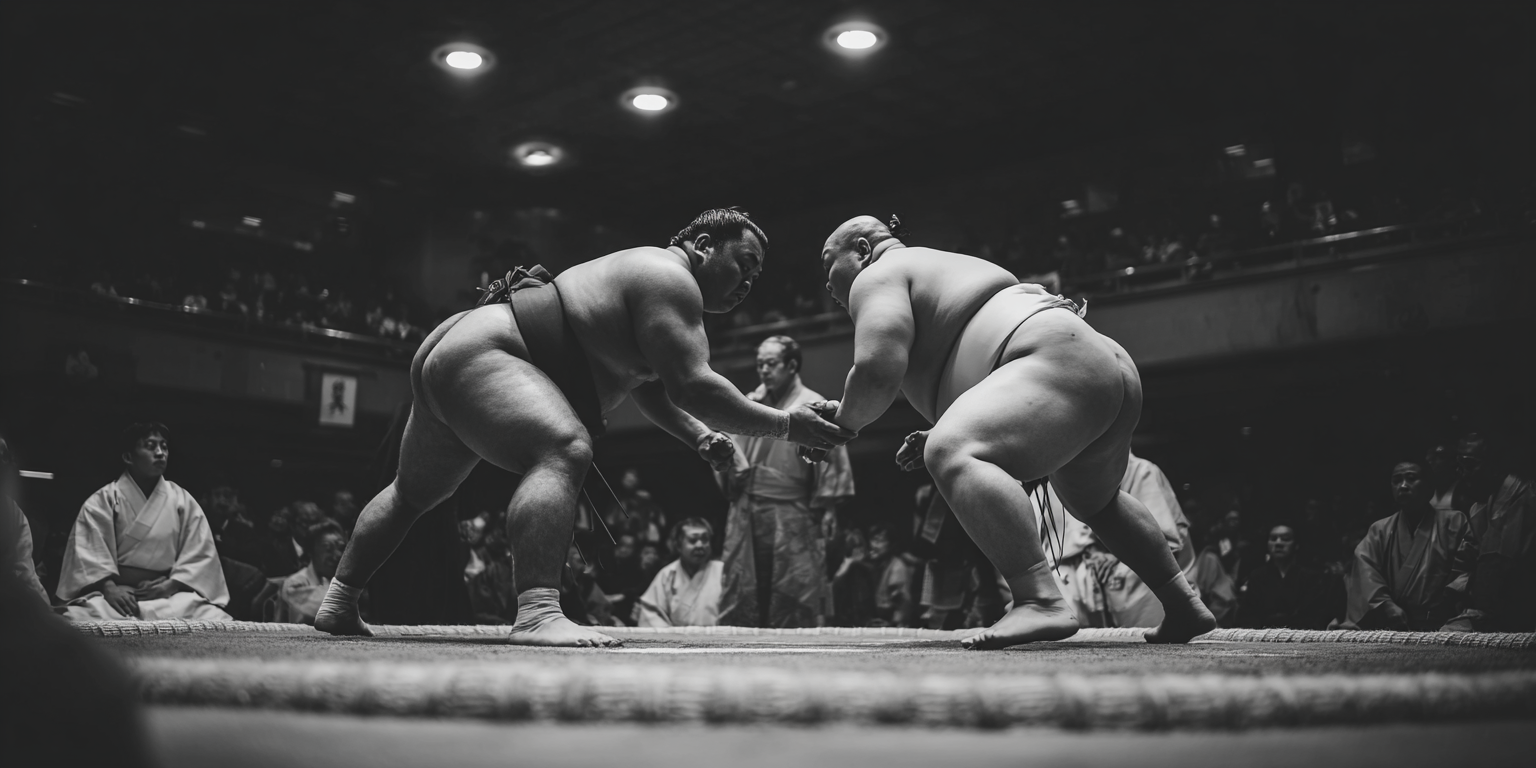
Strength of a Sumo: What Calisthenics Athletes Can Learn from Japan’s Strongest Tradition
The Power Behind the Mass
Sumo wrestling might look like a simple clash of giants — two massive athletes pushing until one falls. But behind the spectacle is an elite level of functional strength training, honed through years of discipline, flexibility, and brute power.
With the Grand Sumo Tournament currently taking place in London, it’s the perfect time to look deeper at the life of a rikishi (sumo wrestler) — not just as a cultural icon, but as a master of movement, balance, and power generation.
And if you train with calisthenics, you might be surprised at how much of a sumo’s strength philosophy applies to your workouts — especially when combined with weighted vest training and other bodyweight methods.
Sumo Wrestling: A Blend of Ritual and Athleticism
Sumo is Japan’s national sport — a centuries-old discipline that mixes combat, culture, and spirituality. Wrestlers live and train in stables (heya), where daily life revolves around hierarchy, respect, and physical mastery.
From sweeping salt to purify the ring to bowing before bouts, every ritual reinforces focus and humility. This mindset — of discipline, consistency, and respect for craft — is something every athlete, from functional fitness enthusiasts to calisthenics purists, can learn from.
The Sumo Training Regime: Strength Through Repetition
Sumo training is deceptively simple — but brutally effective. It’s based on repetitive, whole-body movements that build the kind of explosive functional power most gym workouts can’t match.
Key Sumo Training Exercises
-
Shiko (leg stomps): The signature movement — lifting one leg high, then driving it down with force. Builds hip strength, balance, and core stability.
-
Teppo (pushing against a pole): Develops pushing strength, shoulder stability, and explosive drive — much like a weighted push-up or vest-loaded dip in calisthenics.
-
Suriashi (sliding steps): Low, gliding movements that train mobility, footwork, and lower-body endurance.
-
Mobility and stretching drills: Contrary to stereotypes, sumo wrestlers are extremely flexible. Their mobility work rivals advanced yoga or calisthenics flexibility routines.
These movements build what we call “functional mass” — strength that moves, balances, and adapts under stress. It’s the same principle behind weighted calisthenics: mastering how to control your own body (and added resistance) through space.
Building Like a Sumo: What Calisthenics Athletes Can Learn
If you’re into bodyweight or hybrid training, there’s a lot to borrow from sumo methodology:
-
Train movement, not just muscle.
Each sumo exercise builds a pattern — push, pull, balance, resist. This mirrors functional calisthenics training, where the focus is on performance, not just appearance. -
Load with purpose.
Sumo wrestlers move their body mass with precision. You can achieve similar benefits using a weighted vest — adding just enough load to challenge your mechanics without breaking form. -
Mobility is strength.
Heavy doesn’t mean stiff. Incorporate hip and shoulder mobility flows using resistance bands to keep joints healthy while increasing range of motion. -
Train daily discipline.
Sumo wrestlers follow strict schedules — early morning training, rest, community meals. Repetition builds mastery. Consistency builds muscle.
The Sumo Diet: Fuel for Power
Sumo wrestlers eat to perform, not just to grow. Their staple meal, chanko nabe, is a hotpot rich in protein (chicken, fish, tofu), carbohydrates, and vegetables — a performance meal disguised as a comfort food.
They eat twice per day — large, structured meals that provide the calories needed to sustain hours of intense training. The takeaway for fitness enthusiasts:
-
Quality calories > empty calories.
-
High-protein, nutrient-dense meals matter more than extremes.
-
Rest and recovery are part of the process — many rikishi nap after eating to allow full recovery and digestion.
Functional Mass vs. Aesthetic Mass
While sumo wrestlers carry a high body fat percentage, beneath it lies immense lean muscle, particularly in the legs, hips, and core.
A 2021 study in the European Journal of Applied Physiology found that elite sumo wrestlers possess muscle mass comparable to powerlifters and Olympic athletes — the added fat is a functional buffer, improving balance and impact absorption.
For calisthenics athletes, this highlights the importance of strength-to-weight ratio — maintaining mass that serves purpose. Building size is fine, but every kilo should contribute to movement efficiency and force generation.
The Takeaway: Tradition Meets Functional Fitness
Sumo wrestling embodies everything modern hybrid fitness strives for:
-
Power with balance
-
Ritual with discipline
-
Mass with mobility
And while your goals might not involve a mawashi (sumo belt), the principles still apply: train for control, consistency, and capability.
Next time you strap on a weighted vest or hit your pull-up bar, remember — strength isn’t just about size. It’s about mastery, movement, and the mindset to outlast your opponent, whether that’s another athlete or your own limitations.
Sumo wrestlers are more than their size — they’re living examples of how strength, tradition, and discipline forge true athleticism. From early morning rituals to endless repetition, their world is built on intent.
So take a page from their book: move with purpose, train with consistency, and respect the process. Because whether it’s in a Japanese stable or your garage gym, the strongest athletes are the ones who master the fundamentals.













